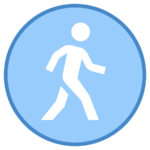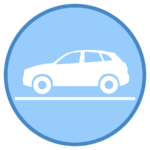Orange County’s first modern streetcar will arrive in 2025 to serve you. Connecting with the rail and bus network, OC Streetcar will offer car-free transportation between Santa Ana, Garden Grove and beyond. To prepare for OC Streetcar service, system and vehicle testing, play your part.
Streetcar Smart. Play Your Part.
Streetcar safety starts now! Here are important safety tips you need to know when driving, walking or cycling near streetcars and tracks. Learn how to be streetcar smart to ensure safety for all.
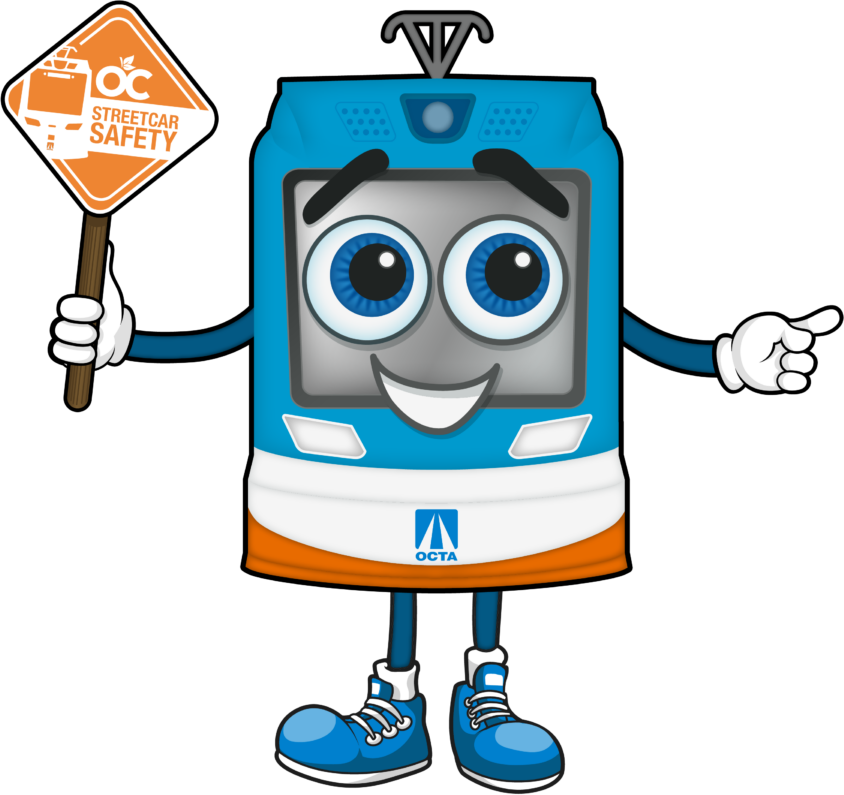
Walk with Confidence
Look Left, Look Right: Streetcar’s in Sight
Streetcars are quiet and only use warning bells and horns when needed. There are no fences or barriers that separate you from the streetcar. Streetcars cannot move off the tracks to avoid obstacles and cannot make abrupt stops in traffic. Learn how to be streetcar smart when walking near the streetcar and do your part to ensure safety for all.
When walking near the OC Streetcar and tracks, use caution. Expect streetcars in any direction and at any time.
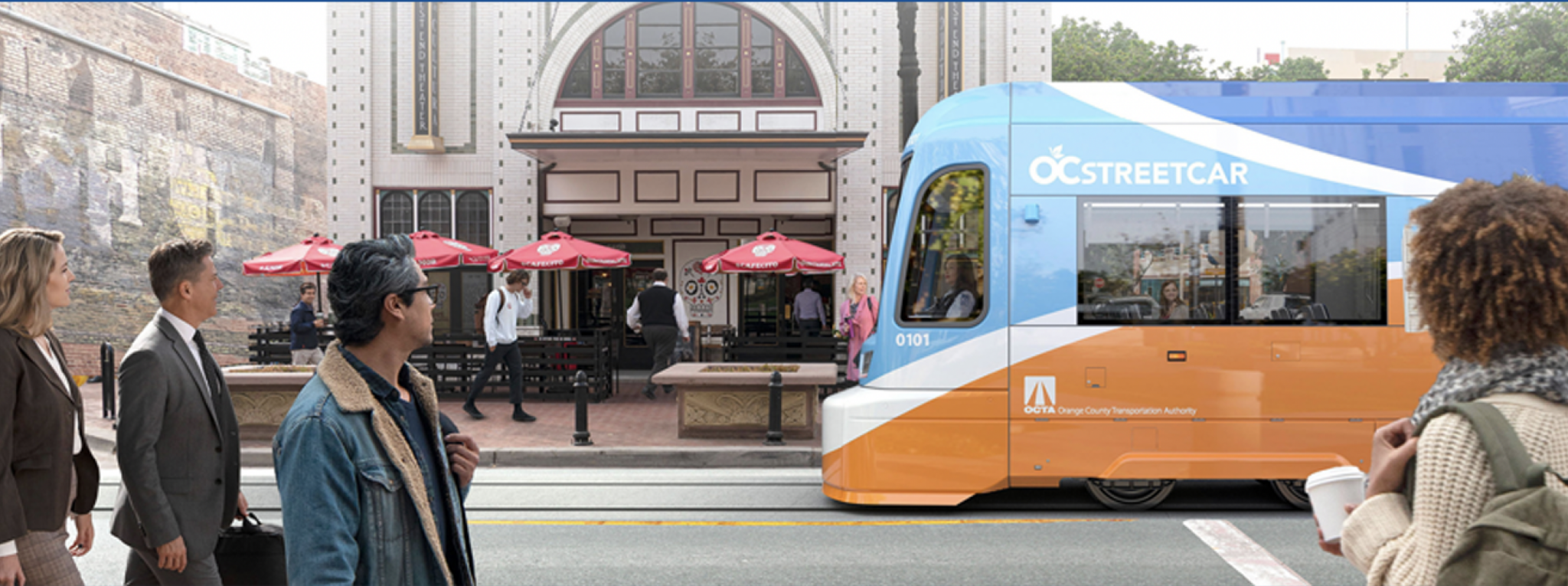
Use marked crosswalks and follow traffic signals when crossing tracks.

Look up from your phone and remove headphones when walking near the streetcar.

Cross the tracks at a right angle to avoid getting stuck in the tracks with strollers, wheelchairs or walkers.

Stay behind crossing gates when red lights are flashing or gates are lowered.


Pedal with Purpose
Be Aware, Ride with Care
Streetcars are quiet and only use warning bells and horns when needed. There are no fences or barriers that separate you from the streetcar. Streetcars cannot move off the tracks to avoid obstacles and cannot make abrupt stops in traffic. Learn how to be streetcar smart when cycling near the streetcar and do your part to ensure safety for all.
Ride in bike lanes and use hand signals to inform other road users about your intentions.
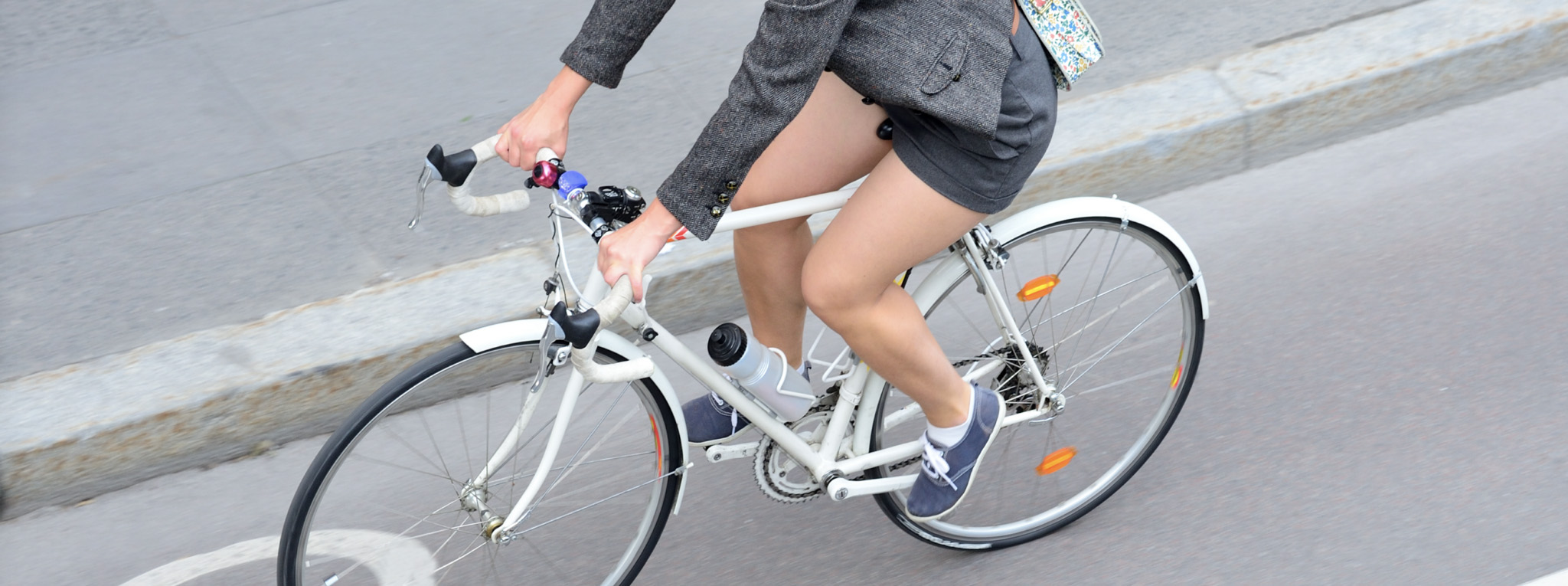
Always cross tracks at a right angle to avoid falling.

Avoid riding in the streetcar lane. Never cross in front or tailgate a moving streetcar.
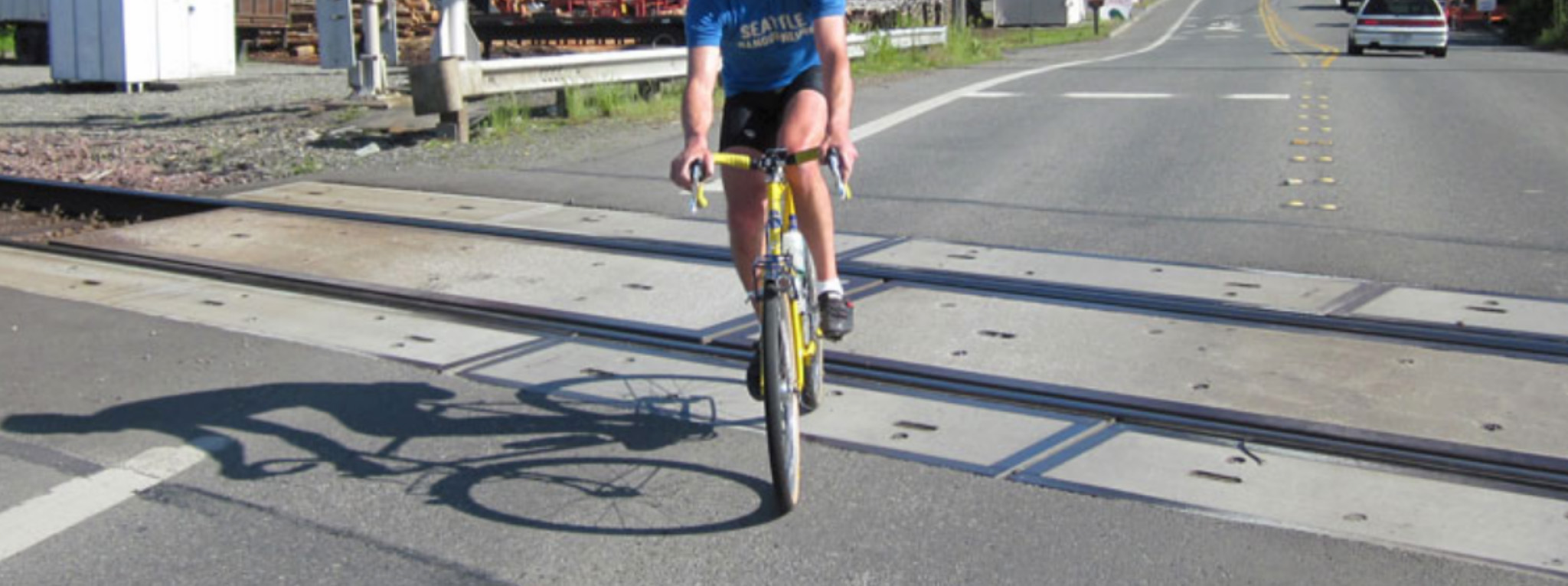
Stop behind lowered crossing gates or when red lights are flashing.
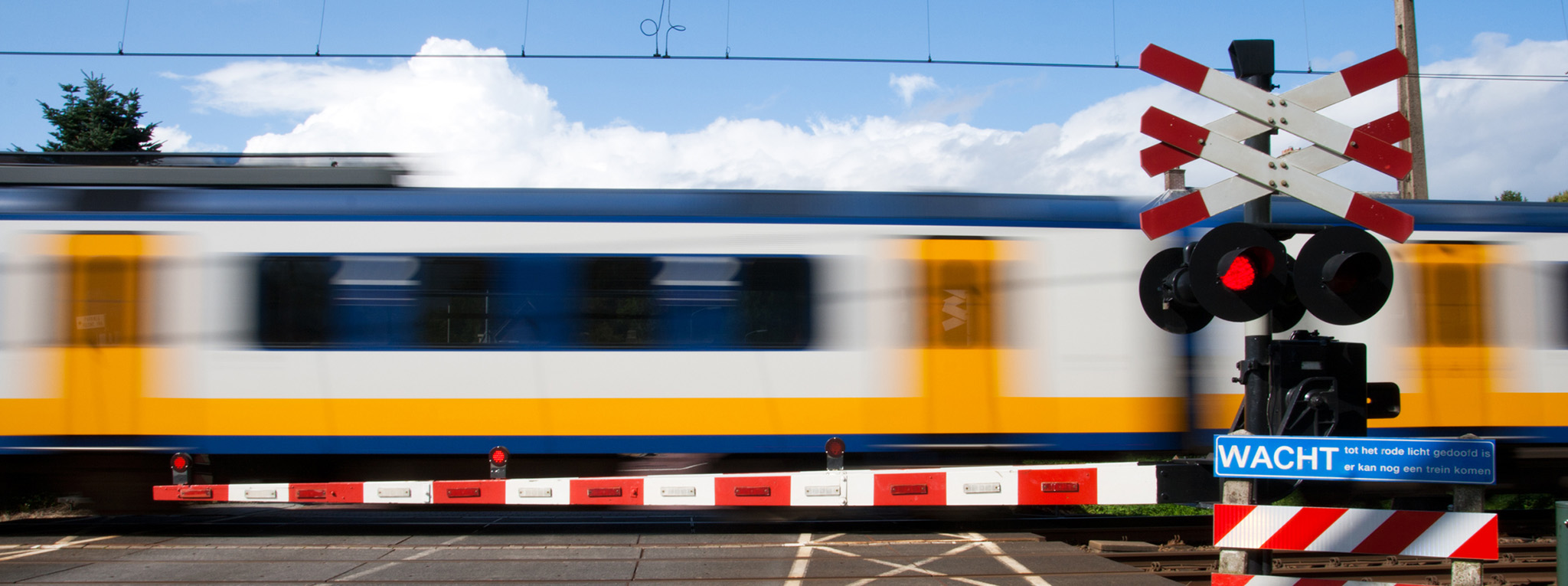

Cruising with Confidence
Navigate with Caution, Streetcar’s in Motion
Streetcars are quiet and only use warning bells and horns when needed. There are no fences or barriers that separate you from the streetcar. Streetcars cannot move off the tracks to avoid obstacles and cannot make abrupt stops in traffic. Learn how to be streetcar smart when cycling near the streetcar and do your part to ensure safety for all.
Keep a minimum distance of 15 feet away and be prepared to stop behind streetcars. Streetcars stop in the lane to pick up passengers. Look out for passengers getting on or off the streetcars.

Never stop, idle or park your vehicle in the streetcar’s path. Avoid braking suddenly to avoid a collision – unless it is an emergency.

Ensure your vehicle is parked close to the curb. Look around before opening car doors or putting your car into reverse.
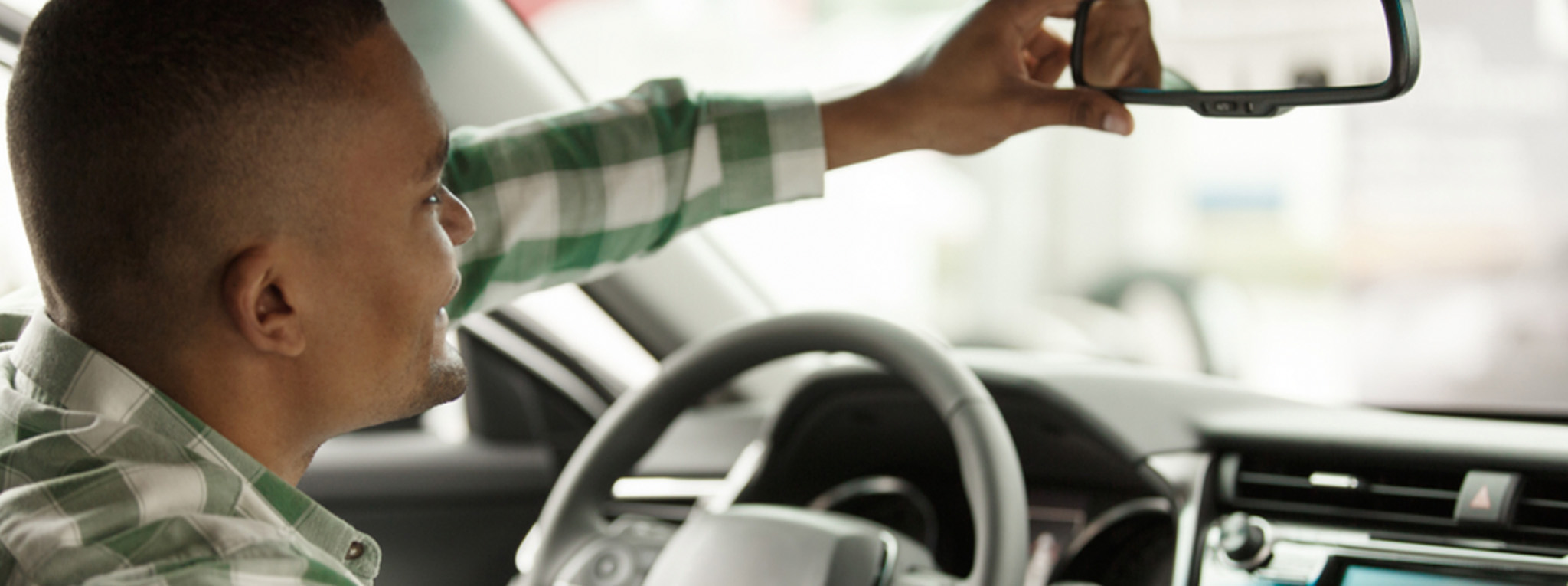
Stop behind lowered crossing gates and when red lights are flashing.
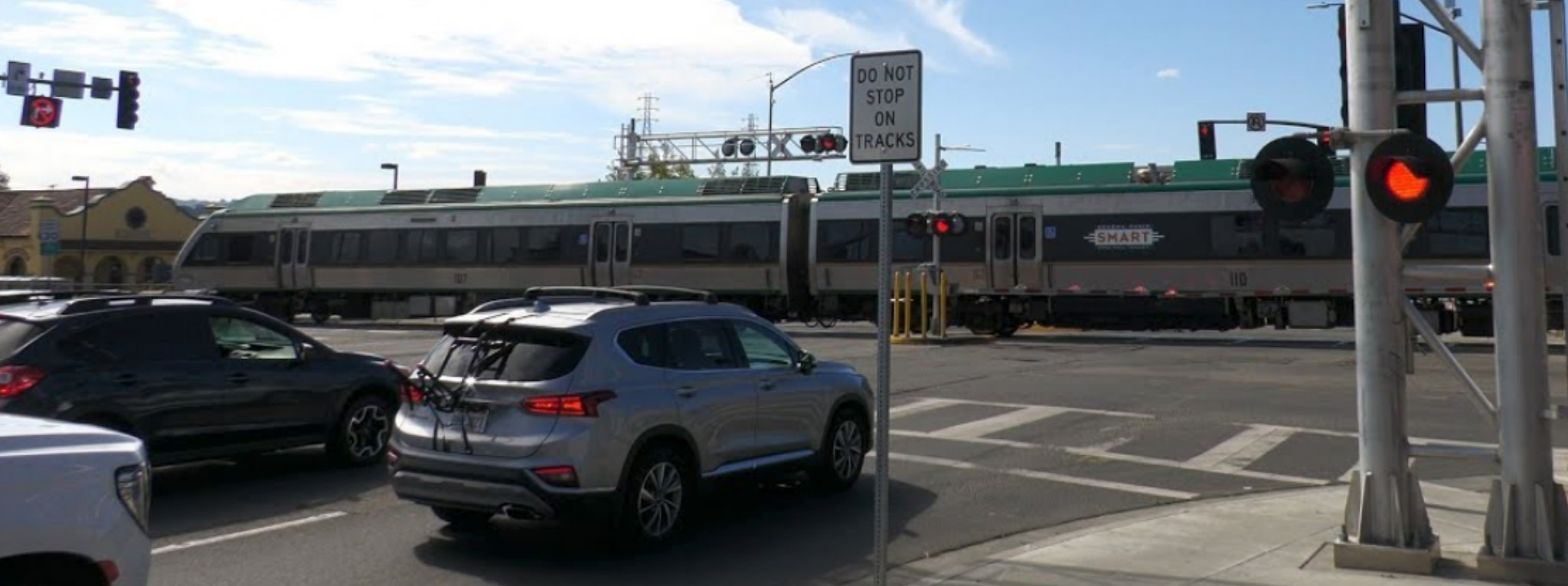
What You Need to Know
The OC Streetcar is a short train-like vehicle with metal wheels powered by electricity that operates alongside cars via rails embedded in the street, connecting 4.15 miles from the Santa Ana Regional Transportation to the Westminster Avenue and Harbor Boulevard intersection in Garden Grove. Streetcars differ from other light rail system vehicles, which are longer, travel faster and typically operate within a lane separate from streets, providing transportation within and between cities.
Streetcars powered by electricity operate in the roadway alongside cars, buses, motorcycles and other vehicles by moving with the flow of traffic, following traffic signals and signage. However, streetcars operate on a fixed route, making them unable to maneuver around potential hazard like other vehicles. Streetcars relieve roadway congestion and improve air quality by providing transit connections and reducing automobile dependency. By following a transit signal priority (TSP) system, service can be improved and delays at intersections can be reduced.
Extensive system testing will take place before the start of the streetcar service. System testing will take place in two parts. The first testing phase will include System Integrated Testing (SIT), beginning a year ahead of scheduled service, to test fixed facilities, systems and equipment to ensure the system performs as intended. The second testing phase will include Pre-Revenue Operations (PRO), beginning nine months before scheduled service, to simulate passenger service along the corridor without passengers. During PRO, empty streetcar vehicles will operate along the corridor during scheduled service hours.
Extensive testing of the system is necessary to ensure full readiness for operation. Key milestones during the testing phase include System Integrated Testing (SIT) to begin in Fall 2023 and Pre-Revenue Operations (PRO) to begin nine months ahead of scheduled service. The SIT phase tests fixed facilities, systems and equipment to ensure the system performs as intended. The PRO phase simulates passenger service along the corridor without passengers. During PRO, streetcar vehicles are operating during scheduled service hours.
Once system testing has been successfully completed, the OC Streetcar will begin operating. The streetcar is anticipated to begin operation in 2025.
The speed of the OC Streetcar varies depending on the speed of traffic. To ensure safety, the street-running locations travel slower than the portion of the route traveling on the Pacific Electric right-of-way between Raitt Street and Harbor/Westminster. Additionally, conductors adjust speeds depending on traffic and other situational experiences.
Streetcars are very quiet and you may not hear their approach. Pedestrians, cyclists and motorists are encouraged to stay alert and aware of their surroundings and unplug from any electronic device before crossing the tracks.
Streetcars are powered by an overhead electrical power supply called a catenary system. While the tracks on the ground are not electrified, the overhead wires are. Overhead wires of the OC Streetcar are about 20 feet above street level. By staying 10 feet away from the electrified overhead wires, safety is ensured for all forms of travel.
Safety and Informational Materials
Contact the OC Streetcar Outreach Team
If you have questions, please contact the Outreach Team by calling (844) 746-6272 or email OCstreetcar@octa.net.
Español: Si prefiere recibir información en español, por favor llame este numero: (909) 714-0172.
Tiếng Việt: Nếu quý vị muốn nhận được thông tin này bằng tiếng Việt, xin vui lòng liên lạc với anh Ted Nguyen: (714) 560-5334.
